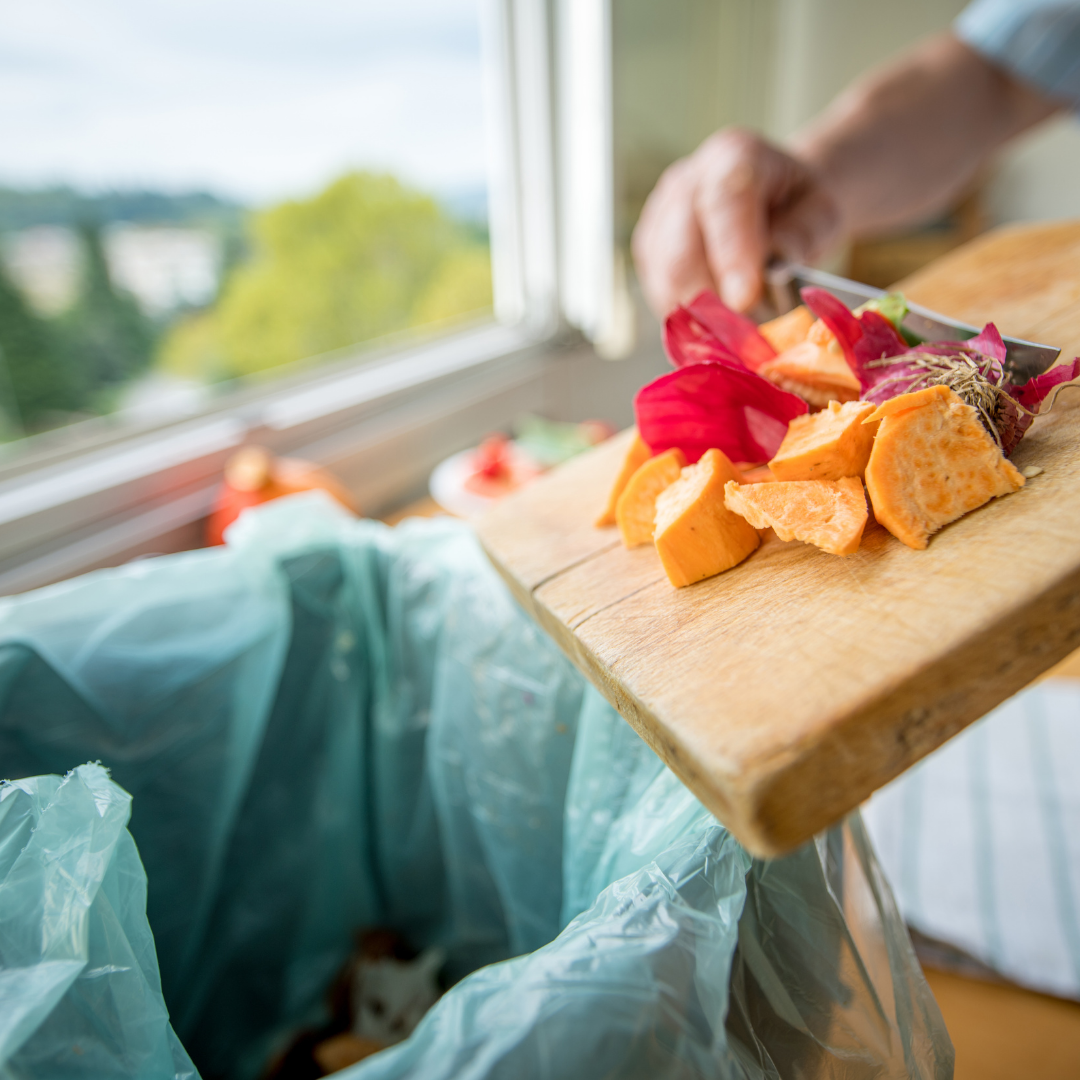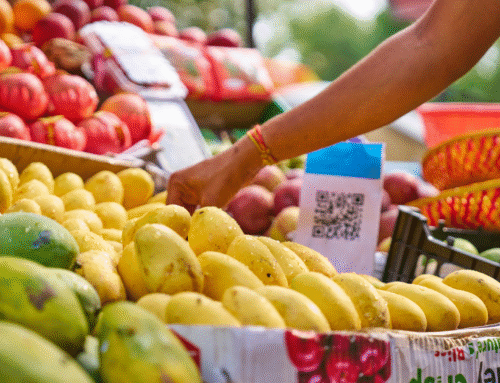Food waste is a huge problem in today’s society. A lot of people are not aware that there are steps to take after food is wasted to ensure that the resources aren’t wasted entirely, and much of the food can be donated or used in other ways.
With the rising demand for food, people are throwing away more than 50% of the food produced. One of the reasons behind this wastage is that it is difficult for a consumer to know which foods will go bad and which ones will not.
There are around 240 million people in the US, which means that one in four Americans struggle with food insecurity. It is estimated that around 20 billion pounds of food waste happen every year, which costs the country over $165 billion.
Why Food Waste is a Big Problem
Food waste is a big problem facing the world. More than one-third of the food produced in the world is wasted. This is due to many factors such as time, labor, and cost. But there’s also a big economic issue to think about: food waste means less money for farmers and distributors.
There are many types of waste that contribute to the problem: at home, at restaurants, during transportation, etc. The most common type of waste is when food spoils before it’s consumed or before the expiration date on the package. However, there are other sources such as loss and spoilage that also add up when you consider all types of food products, fresh produce included, that never make it past their expiration date.
Food waste is a growing problem that causes a large carbon footprint, but it can also be very challenging to tackle. We have compiled three ways you can avoid food waste at home and make your kitchen as green as it can be.
Food waste has been a long-time problem in America, but there are ways to help reduce this issue. The three tools mentioned here are
- Food Recovery Hierarchy and Food Donation Hub
When talking about food recovery, it is important to know that there are different levels of the food recovery hierarchy. The most basic level is called the “pre-sort.” This refers to when food donations are collected in bulk. These donations are then sorted into packaging that can be distributed or donated to a partner agency or organization.
The next level is the “distribution.” This includes all organizations and agencies that receive these packages of sorted donations for their distribution. They have a network of partners and donors, which varies depending on the type of organization they work with.
The third level is called “farm-to-fork.” This includes organizations that have gardens and farms where they grow their own produce, as well as organizations that buy produce from local farmers and sell it locally, then distribute it to.
- Food Bank Locator
When it comes to food, we can all agree that it isn’t a topic that many people are just dying to talk about. However, people will be more than willing to share their knowledge and experiences when it is about food donations or food bank resources.
As part of a paid social media campaign for the United States Food Bank Network, the team of writers from Moxie Media created a social media guide for how to help your local food bank with its mission.
The guide provided information on where donations are accepted and how to get involved with fundraising restaurants activities. The guide also had some great recipes based on ingredients donated by the community and tons of photos of various types of foods donated by individuals as well as grocery stores across the country.
- Meal Planner app.
Meal planners are becoming a popular trend among people who want to balance their healthy diet and enjoy dining in restaurants. These apps recommend meals, offer options on healthy dishes that can be prepared at home or restaurant-style recipes for the days and you can’t resist.
Meal planning is a huge trend among people who want to have a balanced diet. With these apps, which use software to generate meal options, users can choose from a variety of healthy dishes that they can prepare at home or restaurant-style recipes when they want to go out.
A growing number of restaurants now serve plant-based meals and vegan choices. So, it’s easier than ever for even meat lovers like myself to get their protein fix still while eating ethically produced food.



